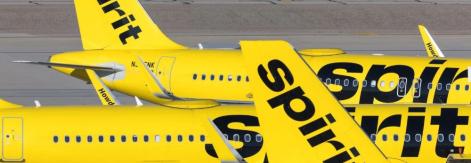Direct foreign investment in Latin America and the Caribbean will grow steadily this year, a token of increasing confident on the part of investors and developers in the region, a report issued by the Inter American Development Bank (BID is the Spanish acronym) states.
“In terms of direct foreign investment in the region, there are clear indications that cash inflows toward Latin America and the Caribbean will be back on the rise in 2004,” the report indicates.
A press release put out by the Dominican Republic’s Tourism Department points out that the Caribbean nation’s seven largest hotel chains are willing to pour cash into Bahia de las Aguilas, in the southeastern portion of the country.
The communiqué does not mention what hotel chains will be interested in engaging in the investment process, yet it warns “a thorough study will be carried out in order to determine the feasibility of future tourism investments.” With that view in mind, officials from the country’s Department of Environmental Protection will designate a blue-ribbon panel to join the special research team.
Travel destinations in the Mexican Caribbean, like Cancun and Playa del Carmen, could see their hotel occupancy rates climb up to as much as 90 percent, a new record high for the oncoming wintertime season.
Dario Flota Ocampo, tourism undersecretary in the state of Quintana Roo –where most of these destinations are located- said the region is expecting to reap as many as $400 million during the winter travel season that stretches from December 15 through March 2005.
Thomas Cook, Germany’s second largest tour operator, is estimating a 3 percent hike in sales by the end of this year, a situation that moves it back in the black after a tough period of time that marred its good going, said Thomas Cook’s President Wolfgang Beeser.
By 2005, the Cologne-based company hopes to further beef up its stance and start reaping profits for the first time in two years. In addition, Thomas Cook will implement numerous benefits for customers, including the unveiling of its own Internet portal.
After a long drought that stretched for several years as a result of profound economic hardships, Costa Rican tourism is beginning to rebound.
Tourism Minister Rodrigo Castro explained this recovery stems from the country’s ability to offer a broader assortment of tourist products and offers.
During a recent visit to the Balearic Islands, Nicaragua’s Tourism Minister Lucia Salazar announced her country is implementing very attractive tax breaks for foreign investors in virtue of the National Act on Tourism Incentives that since it was signed into law in 1999 has generated $200 million worth of profits for the local travel sector.
Mrs. Salazar hopes this new tax policy, coupled with the juridical security that Nicaragua delivers, will eventually build a fire under Balearic businesspeople to pour heavy cash into the country. The Central American nation is blessed with some 430 miles of beaches and welcomes over half a million tourists each year. During the first half of 2004, Nicaragua has received 17 percent more trippers than in the first six months of 2003.










